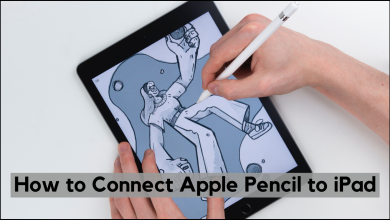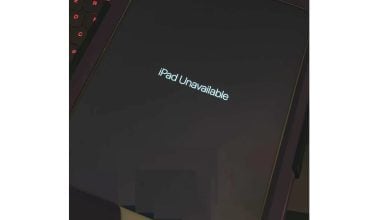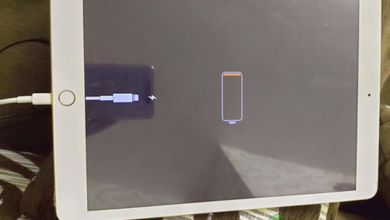How to Fix “iPad Could Not be Restored” Error 4013
- Understanding the common causes of Error 4013, such as faulty USB connections, outdated software, or insufficient storage, can help you prevent this error by taking active steps like using Apple-certified cables and keeping your devices updated.
- To resolve iPad Error 4013, start with simple solutions like restarting your device and updating software and progress to more complex fixes like DFU mode restoration, which can effectively resolve the issue.
- Regularly backing up your iPad ensures you won't lose important data if a factory reset is needed. If troubleshooting doesn't resolve Error 4013, don't hesitate to reach out to Apple Support for professional assistance.
Updating your iPad generally proceeds smoothly, but occasionally, you might face the “iPad Unavailable” error or need to switch to a wired USB to Lightning connection, particularly when data or Wi-Fi connections are limited.
A particularly frustrating issue during these updates is the “iPad could not be restored error 4013″, often accompanied by an “unknown error occurred” message.
While Apple categorizes this as an “unknown” error due to the variety of potential causes, several troubleshooting steps can effectively resolve error 4013 and related issues like errors 4005 and 4014. This guide aims to simplify the process, allowing you to quickly return to using your device with minimal disruption.
Table of Contents
What is the “iPad could not be restored error 4013?”
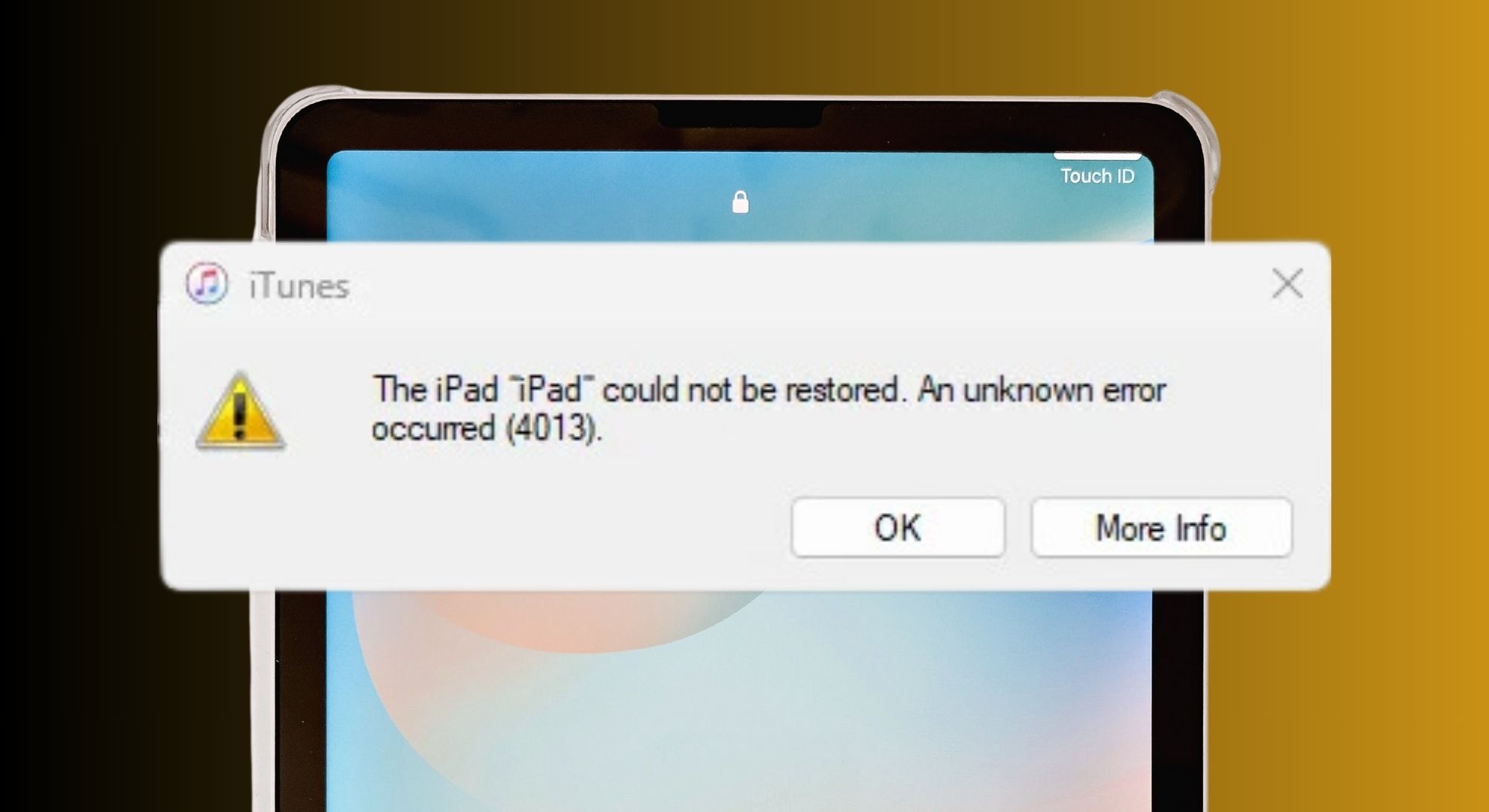
When attempting to update your iPad or restore it to a previous state, you might encounter an error known as Error 4013. This error is often accompanied by a notification that reads, “The iPad could not be restored. An unknown error occurred (4013).
This error commonly occurs when updating your iPad while connected to a PC or Mac and is often linked to hardware-related issues.
It typically indicates problems with the USB connection between the iPad and the computer or may signal issues within the iPad’s hardware components.
↪ What causes this error?
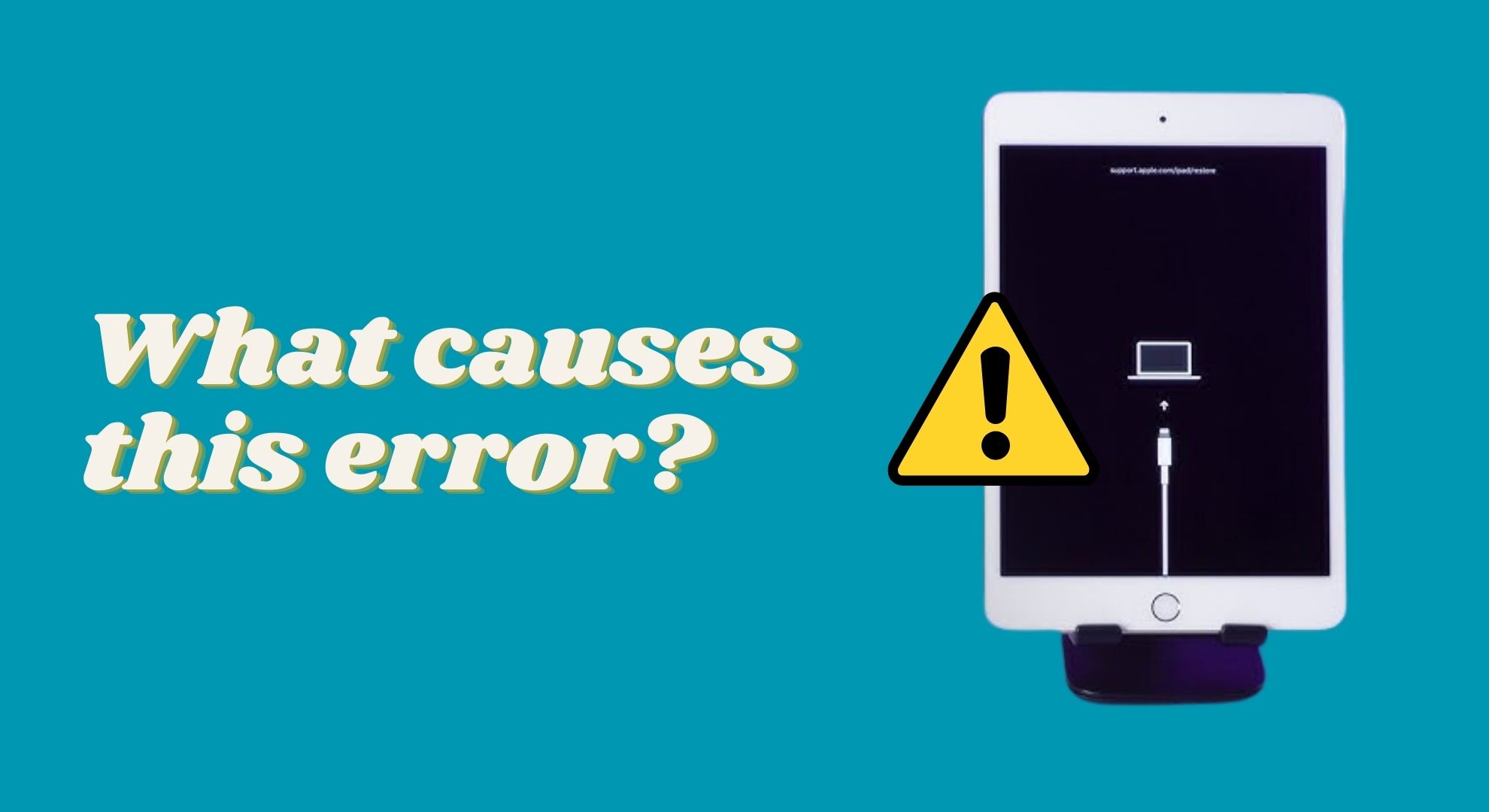
The “iPad could not be restored. An unknown error occurred (4013),” or iPad Error 4013, can happen for several reasons. Common causes include defective USB cables, software glitches, outdated iTunes versions, interference from antivirus software, insufficient storage, and even issues within the iPad itself.
- Faulty USB cable or port: A malfunctioning USB cable or port can disrupt the connection between your iPad and computer, potentially causing Error 4013.
- Software glitches: Issues in iTunes or the iPad’s operating system might hinder the update or restore process.
- Hardware issues: Although rare, Error 4013 can sometimes indicate a more serious problem with the iPad’s internal components.
- Antivirus software interference: Overly sensitive antivirus software may misinterpret the iOS restoration process as a threat, leading to Error 4013.
- Insufficient storage space: Error 4013 can also occur if there’s not enough free space on your iPad for the update or restoration.
How to fix iPad error code 4013?
Addressing iPad Error 4013 can initially seem challenging, but following the proper steps can often resolve it. These troubleshooting tips aim to guide you through the process effectively and efficiently.
Whether it’s a simple cable replacement or a comprehensive software update, these instructions can help restore your iPad to full functionality.
1. Force restart your iPad
A significant issue with your iOS device can often be resolved by restarting it, especially in addressing minor software bugs. In this scenario, undertake a force restart, or hard reset, for a more thorough approach than a regular restart. Subsequently, attempt updating or restoring your device once more.
- For iPads without a Home button: Press and quickly release the volume button closest to the top button. Then, press and quickly release the volume button furthest from the top button. Next, hold the top button until the device restarts and the Apple logo appears.
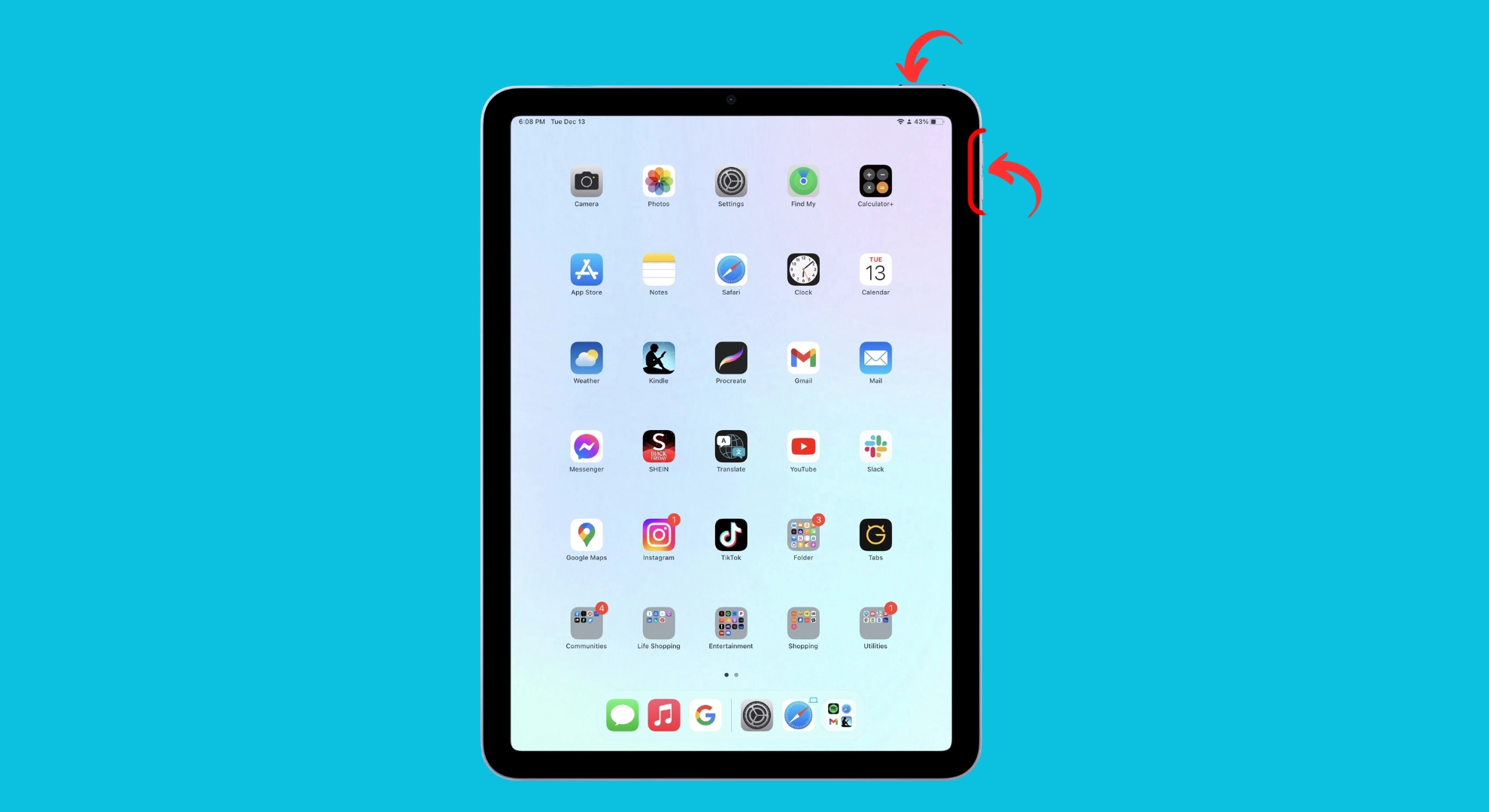
- For iPads with a Home button (and iPod touch 6th generation or earlier): Hold down both the top button and the Home button simultaneously until the Apple logo appears.
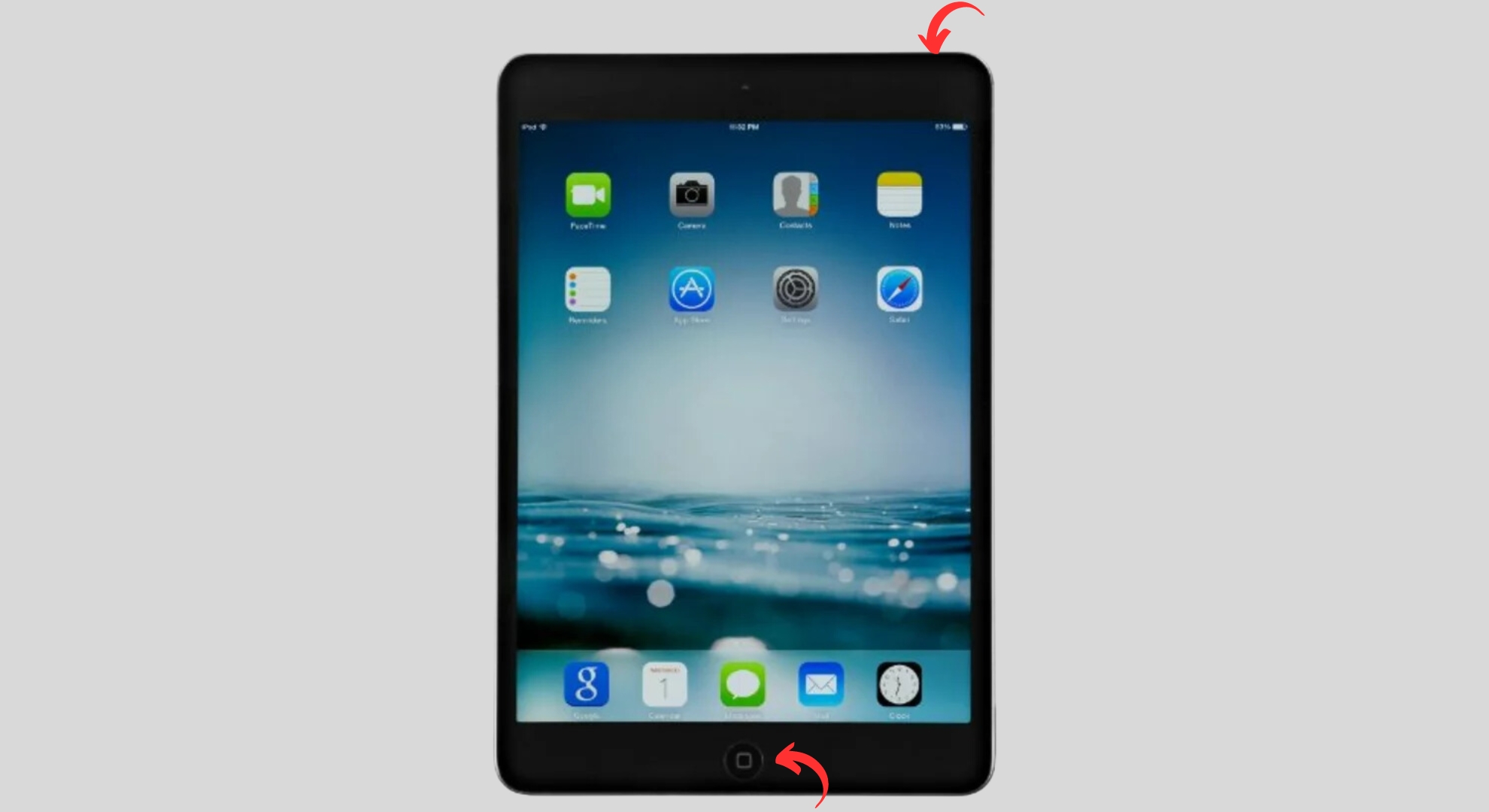
2. Update iTunes to the latest version
Software issues are a primary reason for encountering iPad Error 4013. Given iTunes ’s central role in updating or restoring your device, it’s essential to keep it current.
An outdated version of iTunes may be contributing to the error. Updating iTunes, which is free, could resolve the problem. Here’s how to check for iTunes updates:
- Open the iTunes app on your computer, connect to your iPad, and tap on “Help.”

Tap on Help - Select “Check for updates.”

Click on Check for updates - A prompt will notify you of any available updates, which you should then “Download iTunes.”

Click on Download iTunes
For Mac users operating macOS 10.13.99 or earlier, follow these steps since newer macOS versions don’t utilize iTunes. Instead, users on macOS Ventura should ensure their Apple Music app and computer software are up to date.
3. Update the iPadOS
Much like outdated iTunes, outdated iPad software can also lead to error 4013. Ensure your iPad’s operating system is up to date, as installing any available updates might resolve the error. Here’s how to update your iPadOS:
- Open the Settings app on your iPad, tap on “General“, and then choose “Software Update.”

Tap Software Update - If an update is available, select “Download and install it.”

Download and Install the latest software
Updating your iPad to the latest software version can often resolve various issues, including error 4013.
4. Check your USB cable and connector
Ensure you’re using the appropriate cable for your iPad, preferably the one it came with, which should be an Apple-certified Lightning or USB-C cable. This cable must be in pristine condition, devoid of any damage.
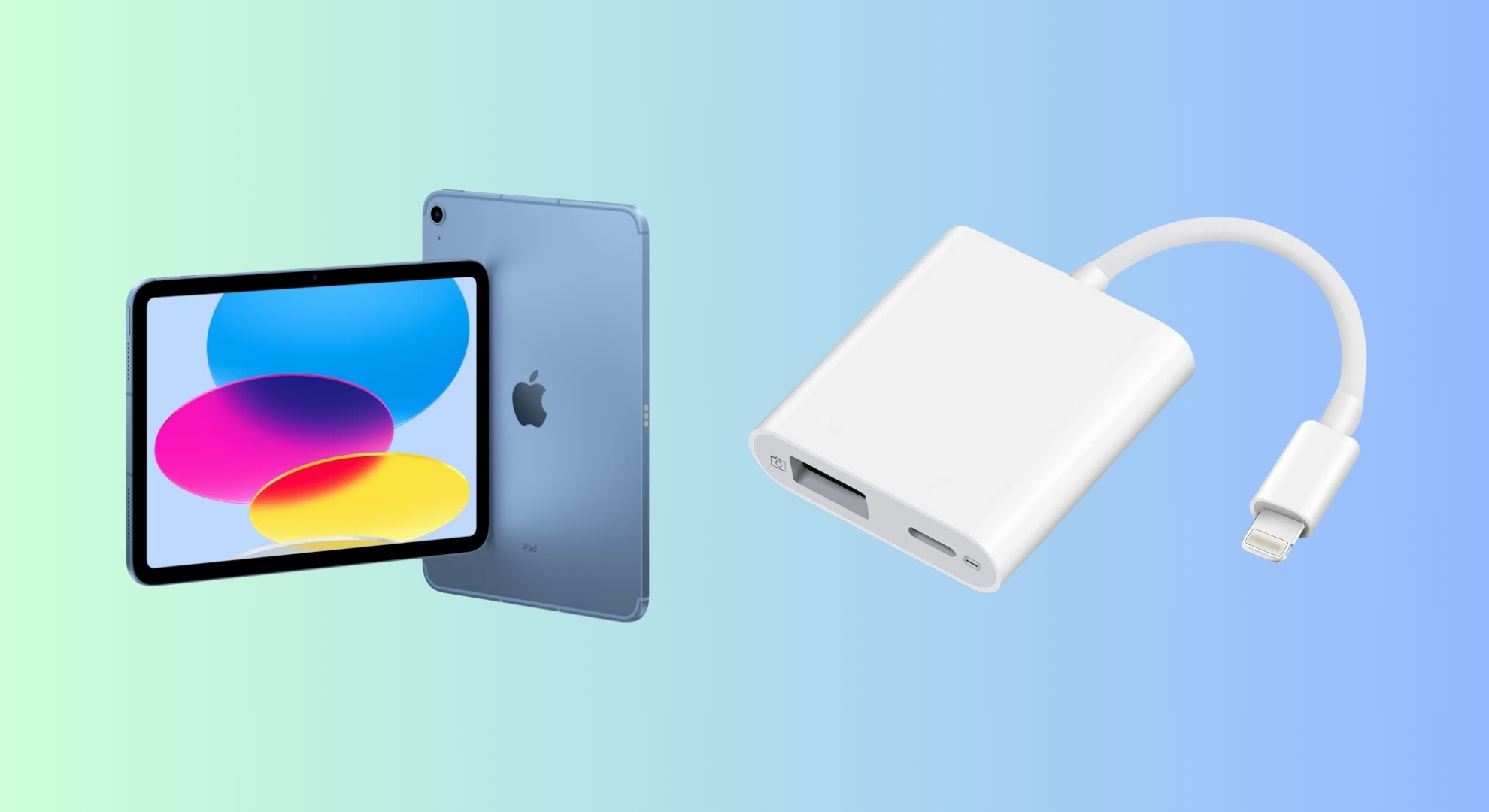
If uncertain, test using a different cable if you have one available. Cables from reputable brands generally work well, though you should be careful with significantly inexpensive cables, as they may only be suitable for charging but not data transfer, a requisite for this task.
Follow these steps:
- If possible, use a USB cable provided by Apple.
- Ensure the cable connects securely when plugged in.
- Disconnect and reconnect the cable to verify its connection.
- If these steps don’t help, try using a different USB port on your computer.
- Consider connecting your iPad to another computer to troubleshoot further.
5. Clean up iPad storage
Despite modern iPads boasting increased storage, running out of space remains a possibility. A full iPad may hinder updates and trigger error 4013. Here’s a simple way to declutter:
- Begin by opening the Settings app on your iPad and tapping “General.

Tap General - Next, locate and tap “iPad Storage.”

Tap on iPad software - Review your apps and decide whether to offload or delete the ones you no longer need.

Clear apps data
Maintaining some free space on your iPad ensures efficient performance. If space is running low, consider Apple’s iCloud storage plans up to 12TB to offload items, freeing up device space.
6. Disable the antivirus or VPN
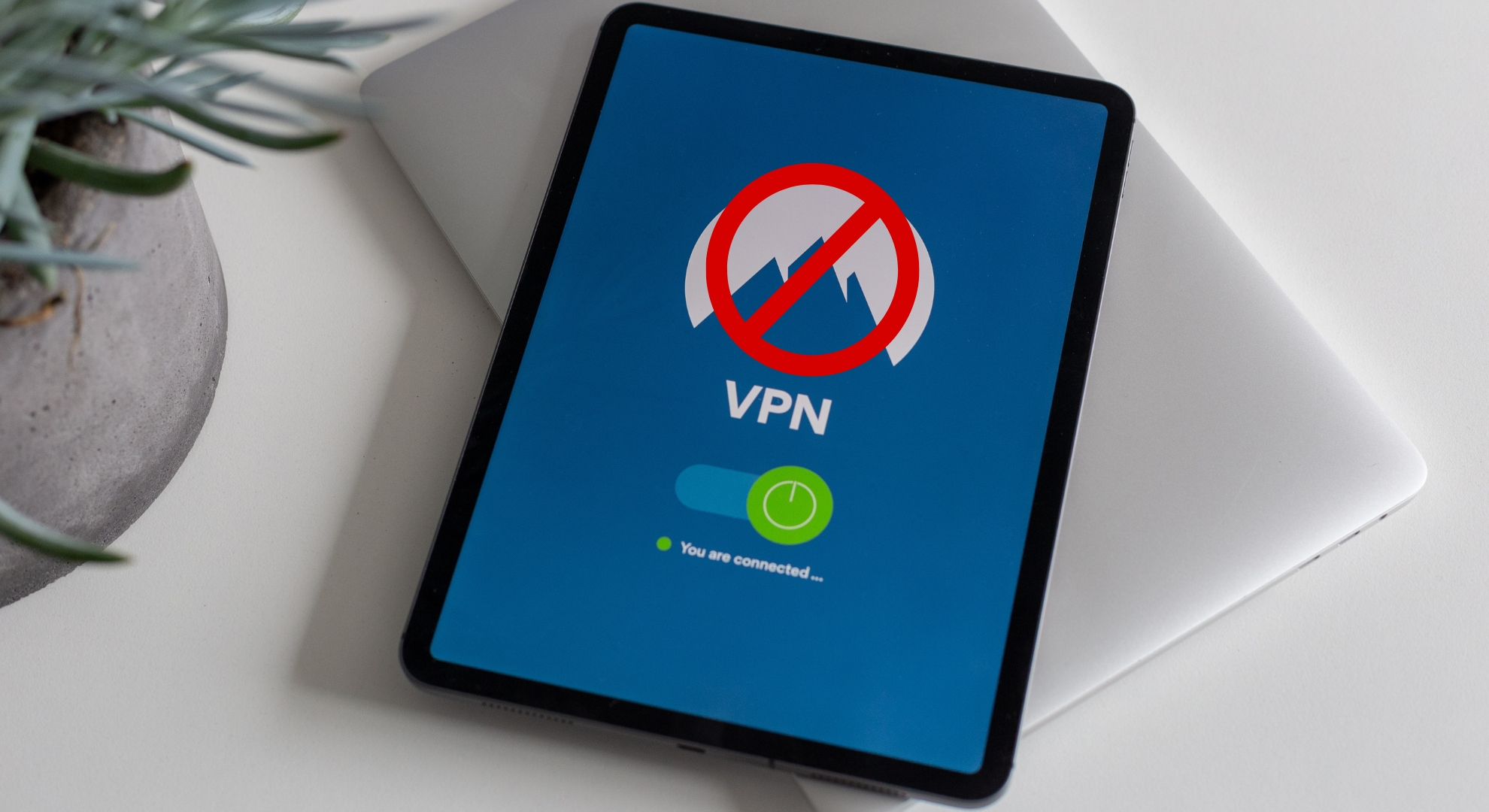
Antivirus programs, VPNs, and other security tools on your computer can sometimes interfere with proper communication between iTunes and your iPad or iPod. These programs might obstruct the update or restoration process.
Consider temporarily disabling them during the process. If disabling them helps solve the problem, you can reactivate them afterward.
7. Try a different device
If possible, connect your iPad to a different computer to try updating it. This can help identify whether the issue lies with your computer or iPad. If the problem persists on another computer—even with different cables—it is likely an issue with your device.
8. Factory reset iPad from Settings
Resolving error 4013 might necessitate a factory reset, returning your iPad to its original settings. Before proceeding, back up all essential information, as this action will erase everything on your iPad.
Here’s how to perform a factory reset:
- Navigate to your iPad’s Settings and proceed to “General.”

Tap General - Scroll down to find “Reset” and tap on it.

Tap on Reset - Select “Erase All Content and Settings.”

Tap Erase All Content and Settings - Enter your passcode, if requested, to confirm the reset.

Enter passcode
Error 4013 should no longer be present after rebooting your iPad.
9. Restore in DFU Mode
A DFU (Device Firmware Update) restore represents a more advanced reset method that can often address error 4013. It entirely wipes your iPad and installs the latest iOS version. Back up all necessary data first, as this process erases everything on your device.
Here’s how to set your iPad into DFU mode:
- Connect your iPad to your computer using a USB cable.

Connect your iPad to a computer - Press and hold both the side button and one of the volume buttons simultaneously.

Press the buttons - After 8 seconds, release both buttons. (If the Apple logo appears, you’ve held them for too long and must retry.)

If Apple logo appears, try again
At this juncture, iTunes will inform you that it has detected a device in recovery mode. You can now proceed to restore your iPad.
10. Contact Apple Support
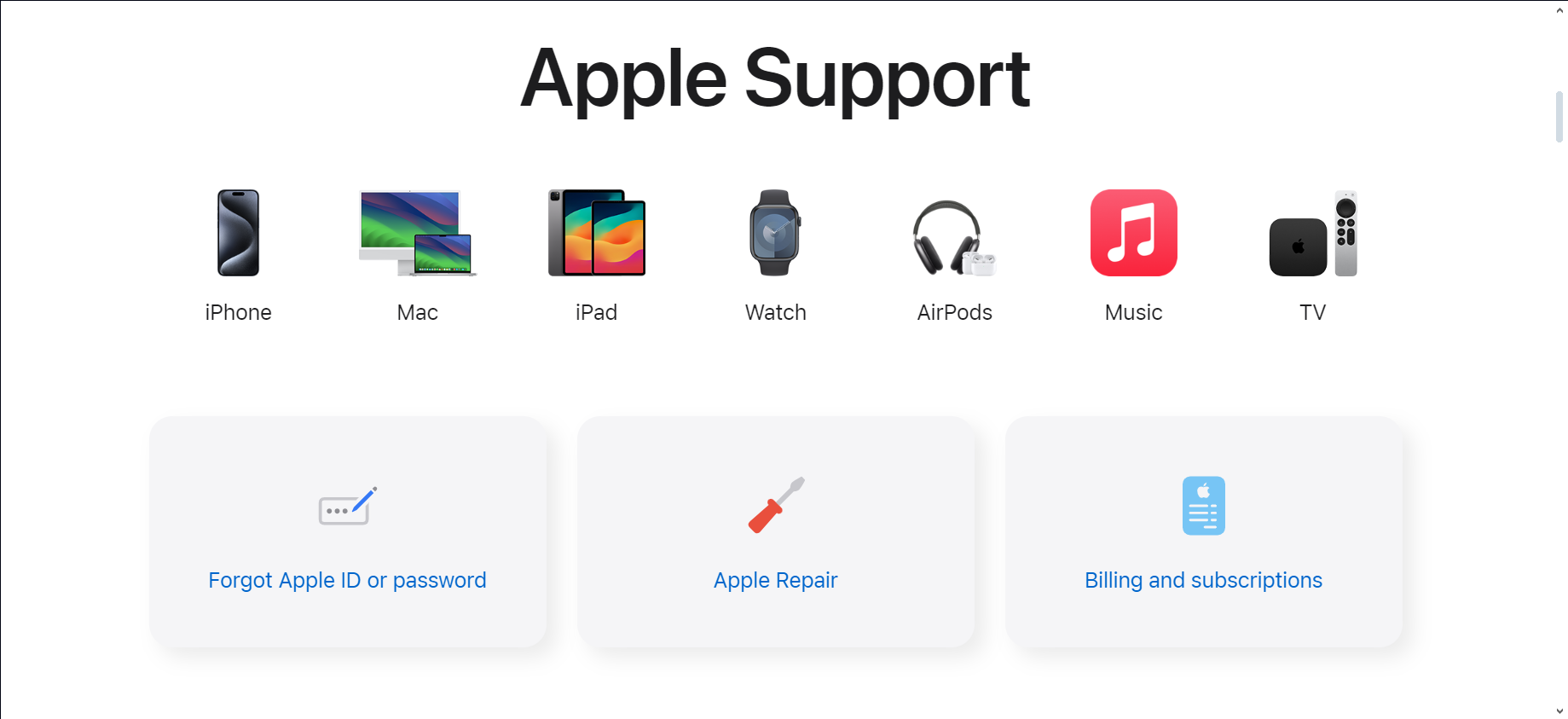
If none of these solutions work, it’s time to seek expert assistance. You can visit an authorized Apple store or reach out to Apple Support for professional help. While it might be somewhat inconvenient, it’s the most reliable option in challenging situations.
Apple Support’s team is adept at resolving various issues, including the difficult iPhone 4013 error. Even if they cannot fix it immediately, they will offer alternatives to get your iOS device operational again.
How to prevent such errors from happening in the future?
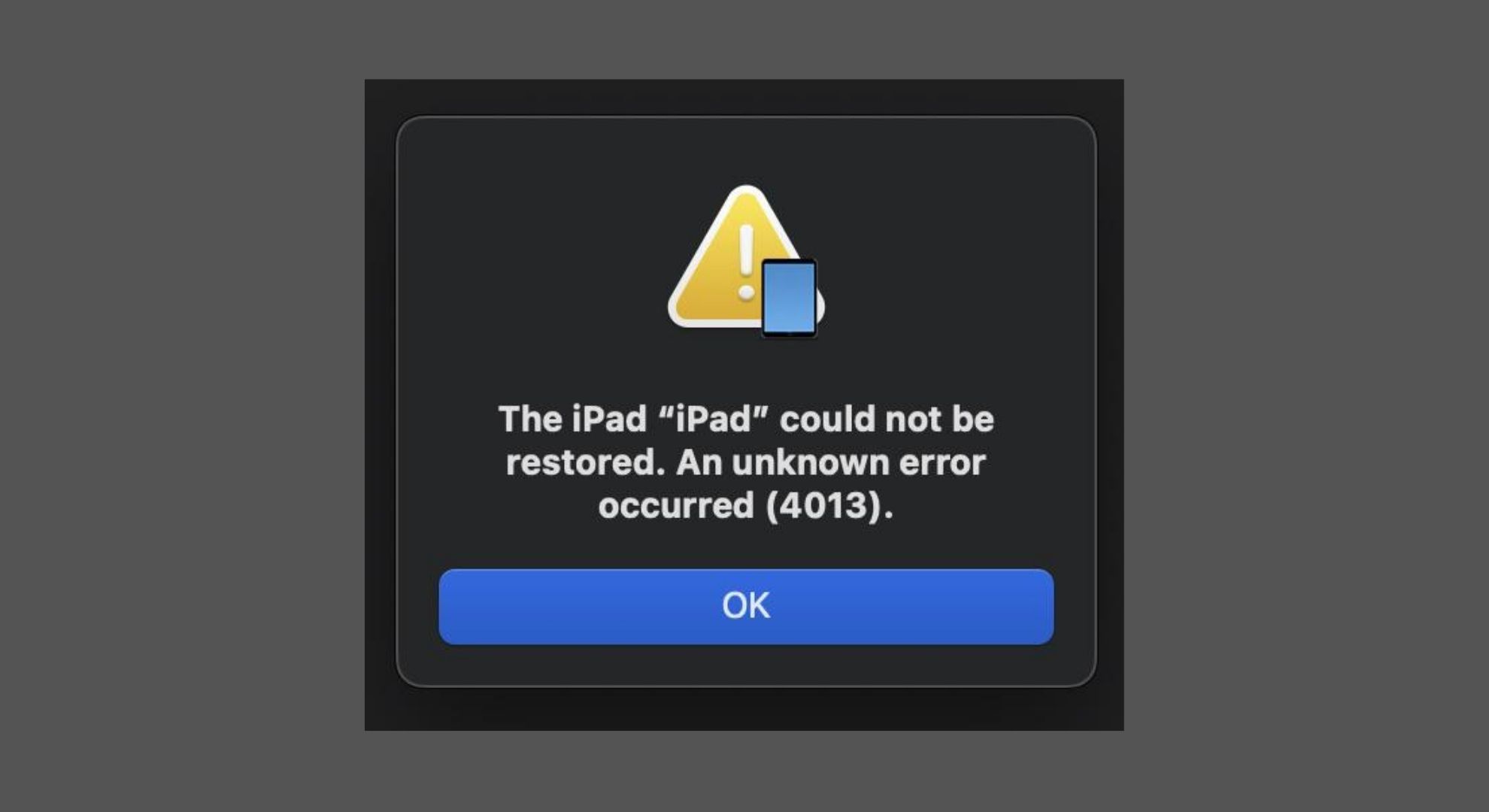
To minimize the chances of encountering error 4013 or similar issues while updating or restoring your iPad, consider these proactive measures:
- Regularly update software: Keep both your iOS device and your computer’s operating system, along with iTunes or Finder, current. Software updates often include fixes for common bugs that can lead to errors during the restore or update process.
- Use official accessories: Always use an Apple-certified USB cable and power adapter. Third-party accessories may not maintain the same quality standards, potentially leading to connection problems.
- Maintain device health: Free up storage space on your device by regularly managing your data and applications. A device nearing its storage capacity may encounter problems during updates or restores.
- Protect your device: Avoid exposing your device to extreme conditions, such as water damage or severe impacts. Physical damage can create internal issues that may not be immediately noticeable but could cause errors like 4013 during software updates.
- Regular backups: Make it a habit to regularly back up your data. Whether through iCloud or your computer, having recent backups ensures you can recover your data, even if you need to perform a factory reset or encounter update issues.
 Reviewed by
Reviewed by 
